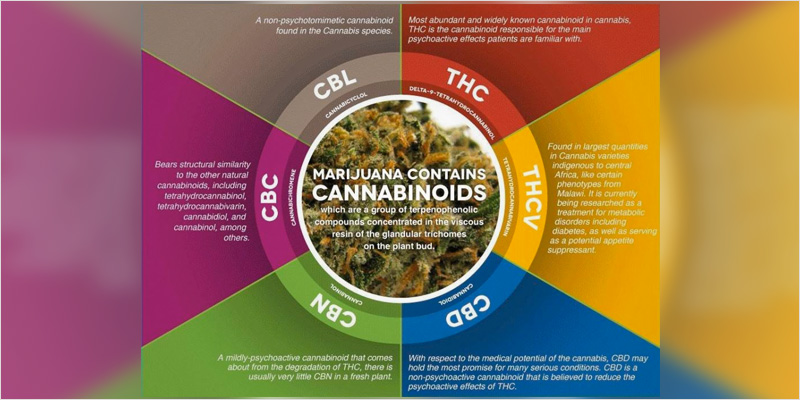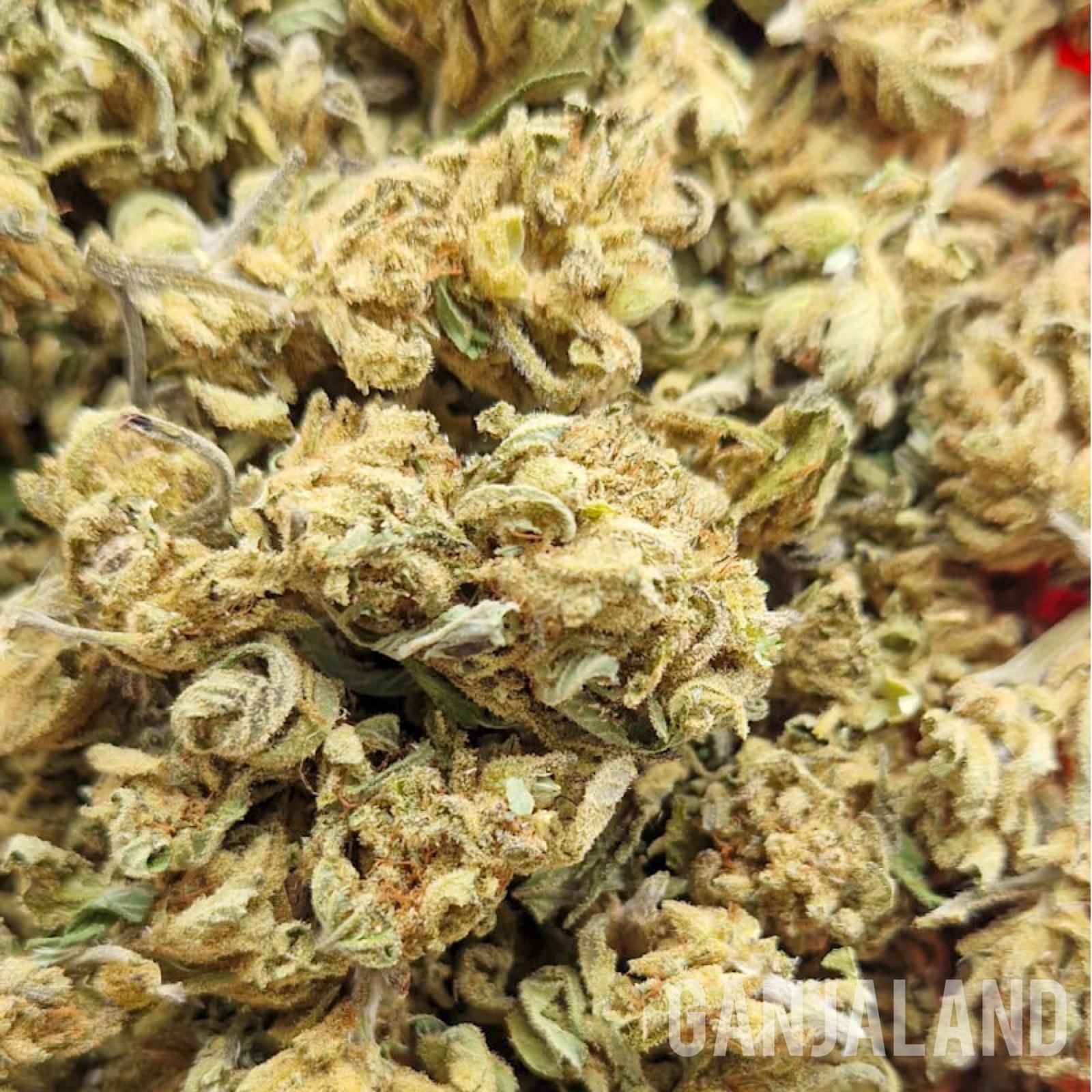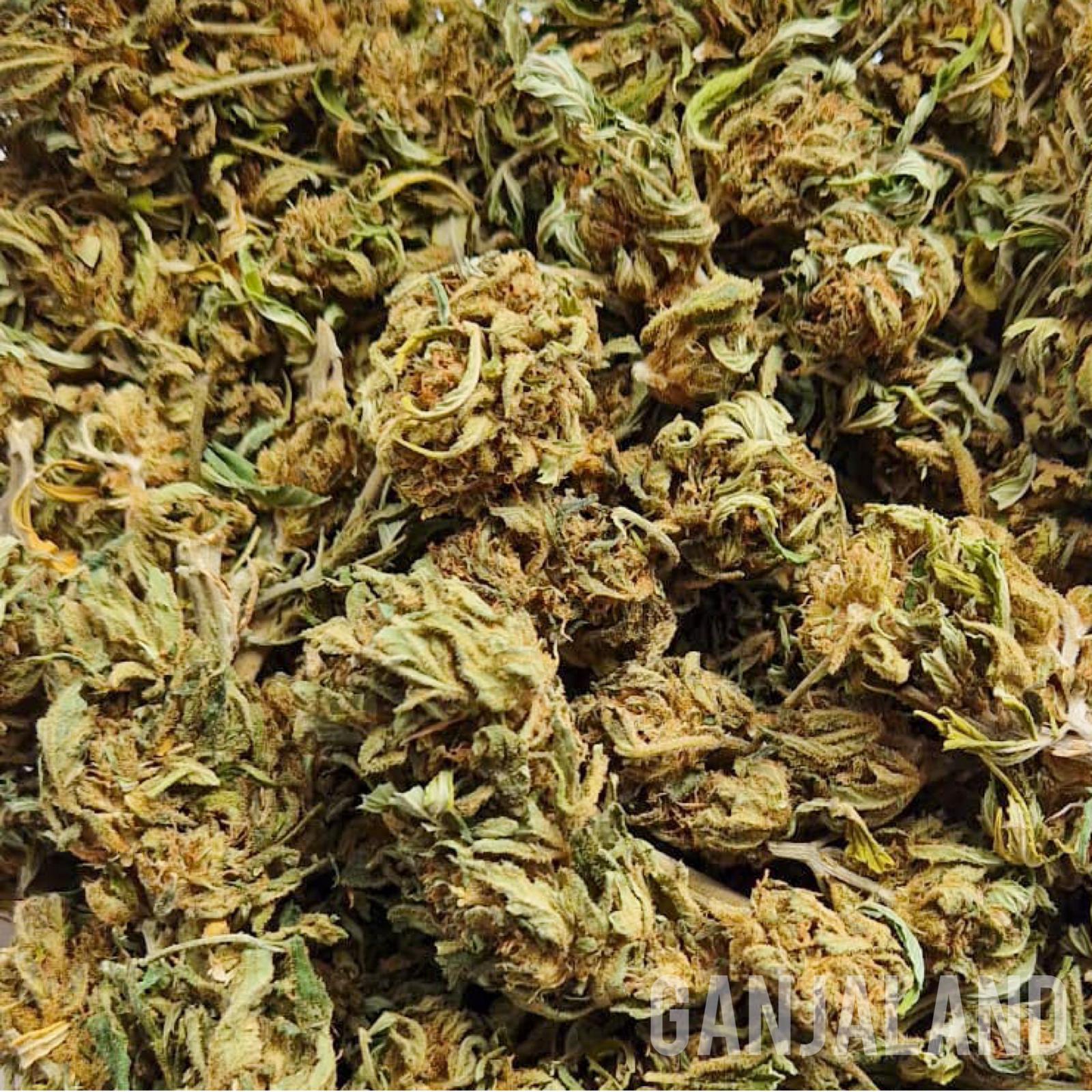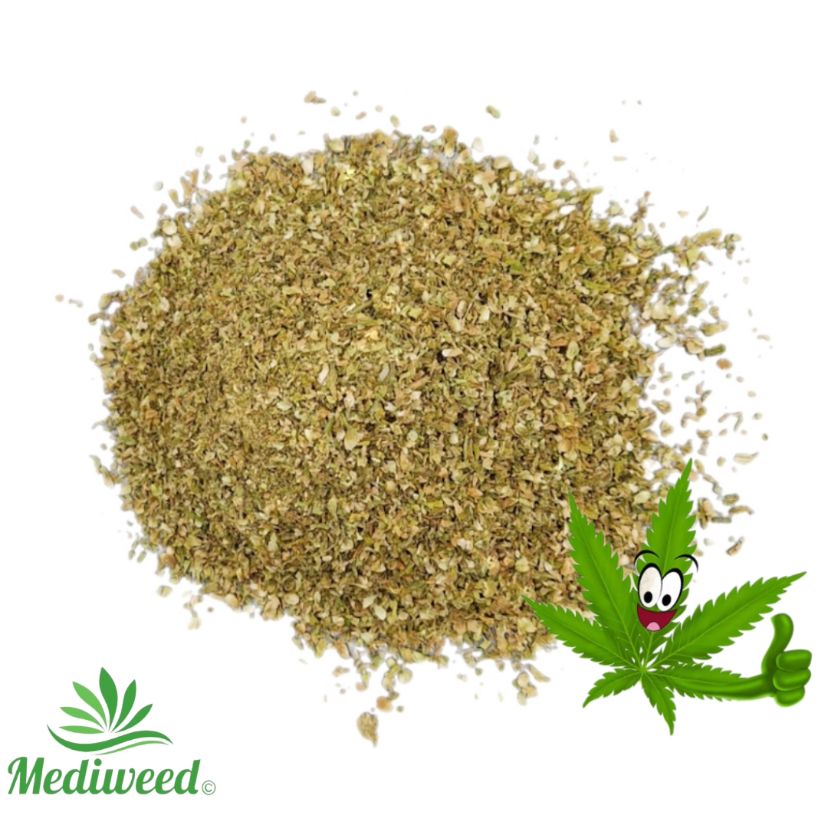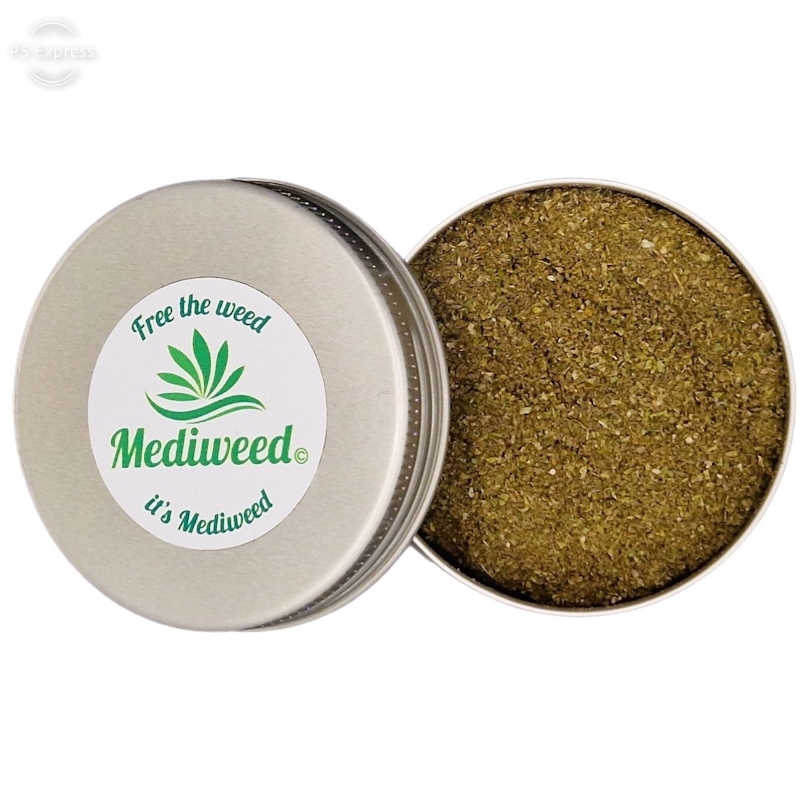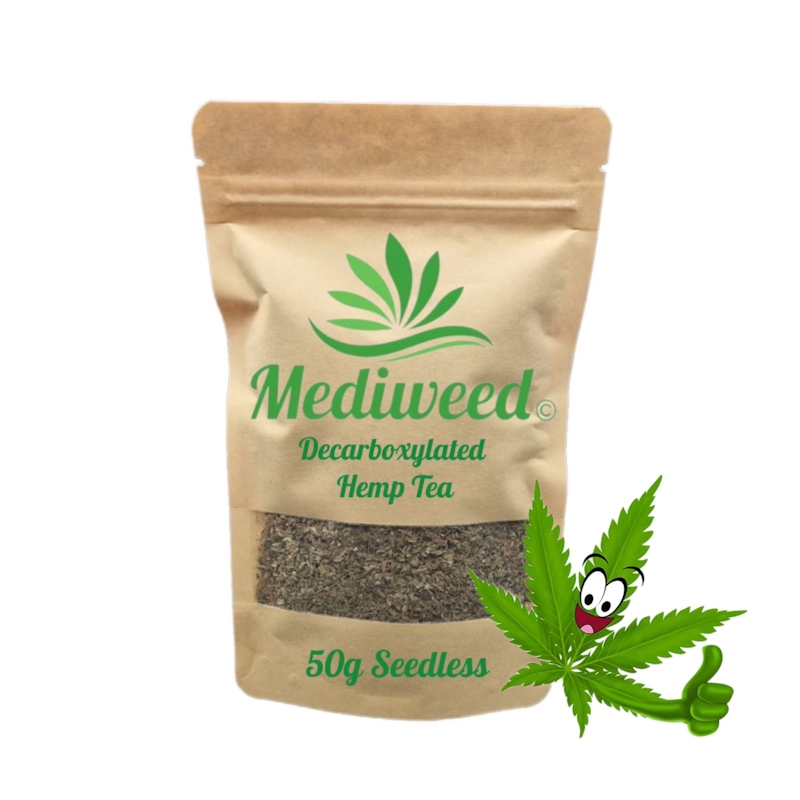Entourage Effect
The term entourage effect refers to a concept and proposed mechanism by which compounds present in cannabis which are largely non-psychoactive by themselves modulate the overall psychoactive effects of the plant (these resulting principally from the action of the main psychoactive component of cannabis, tetrahydrocannabinol (THC)).
Cannabidiol (CBD) is believed to be the major modulatory component of cannabis, mitigating some of the negative, psychosis-like effects of THC, and is included in some medicinal formulations alongside THC.[1][2] CBD co-administration also reduces the negative effects of THC on memory.[2] Myrcene, which is recognized as a sedative component in hops, may be responsible for the sedative effects (“couch lock”) of certain cannabis strains (sedative effects are commonly ascribed to the indica cannabis type). Linalool may also contribute to the entourage effect, modulating the glutamate and GABA neurotransmitter systems to produce sedative and anxiolytic effects.[3]
[wcps id=”6301″]
Background
The phrase entourage effect was introduced in 1998 by S. Ben-Shabat,[4] and by Raphael Mechoulam,[5] to represent a novel endogenous cannabinoid molecular regulation route. The phrase refers to the compounds present in cannabis supposedly working in concert to create “the sum of all the parts that leads to the magic or power of cannabis”, according to Chris Emerson.[1] Other cannabinoids’, terpenoids’, and flavonoids’ contribution to clinical cannabis effects has been espoused as an “entourage effect”.
The entourage effect is considered a cannabinoid system modulator and is achieved in pain management through increasing receptors affinity to enhance endogenous anandamide activity and/or reducing enzymatic anandamide degradation.[6]
Pharmacology
Endogenous 2-acyl-glycerols can increase 2-arachidonoylglycerol biological activity, which alone shows no significant activity. This entourage effect may represent a novel endogenous cannabinoid activity molecular regulation route.[4] Cannabinoid system modulators like N-palmitoylethanolamine may be said to exhibit the entourage effect, increasing receptors affinity to enhance endogenous anandamide activity and/or reducing enzymatic anandamide degradation.[7]
References
- ^ Jump up to:a b c Chen A (20 April 2017). “Some of the Parts: Is Marijuana’s “Entourage Effect” Scientifically Valid?”. Scientific American. Retrieved 2017-12-31.
- ^ Jump up to:a b Fine PG, Rosenfeld MJ (2013-10-29). “The endocannabinoid system, cannabinoids, and pain”. Rambam Maimonides Medical Journal. 4 (4): e0022. doi:10.5041/RMMJ.10129. PMC 3820295
 . PMID 24228165.
. PMID 24228165. - Jump up^ Russo EB (August 2011). “Taming THC: potential cannabis synergy and phytocannabinoid-terpenoid entourage effects”. British Journal of Pharmacology. 163 (7): 1344–64. doi:10.1111/j.1476-5381.2011.01238.x. PMC 3165946
 . PMID 21749363.
. PMID 21749363. - ^ Jump up to:a b Ben-Shabat S, Fride E, Sheskin T, Tamiri T, Rhee MH, Vogel Z, Bisogno T, De Petrocellis L, Di Marzo V, Mechoulam R (1998). “An entourage effect: inactive endogenous fatty acid glycerol esters enhance 2-arachidonoyl-glycerol cannabinoid activity”. European Journal of Pharmacology. 353 (1): 23–31. doi:10.1016/S0014-2999(98)00392-6. PMID 9721036.
- Jump up^ Gupta S (11 March 2014). “Medical marijuana and ‘the entourage effect’ – CNN”. CNN. Retrieved 31 December 2017.
- Jump up^ Jerome, Bouaziz (April 1, 2017). “The Clinical Significance of Endocannabinoids in Endometriosis Pain Management”. Cannabis and Cannabinoid Research. 2 (1). doi:10.1089/can.2016.0035. Retrieved 8 May 2017.
- Jump up^ Bouaziz J, Bar On A, Seidman DS, Soriano D (April 1, 2017). “The Clinical Significance of Endocannabinoids in Endometriosis Pain Management”. Cannabis and Cannabinoid Research. 2 (1): 72–80. doi:10.1089/can.2016.0035. PMC 5436335
 . PMID 28861506.
. PMID 28861506.

